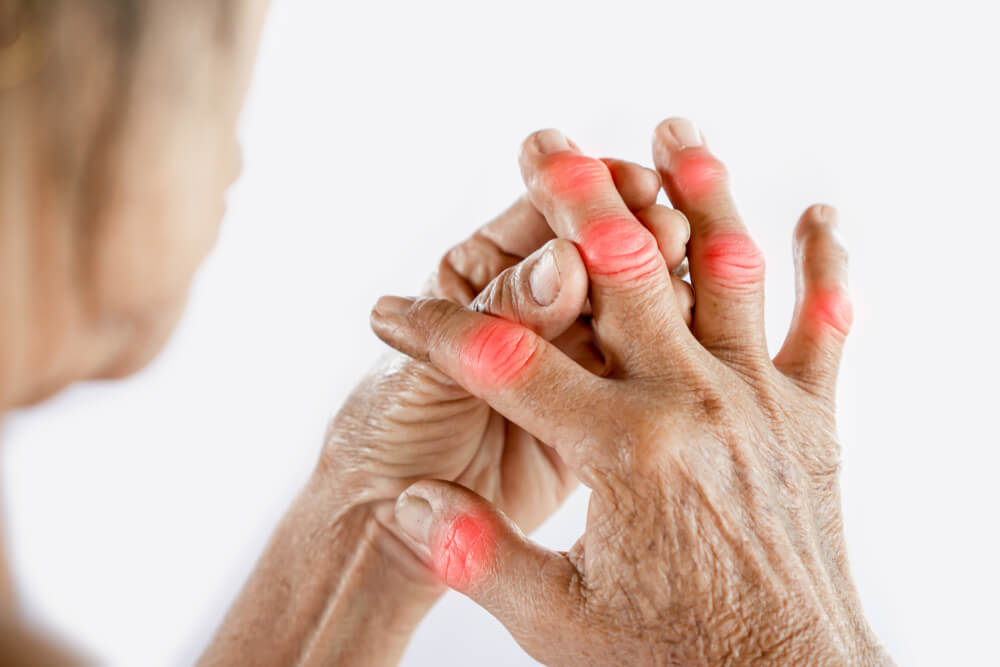Arthritis symptoms can vary depending on the type and severity of the condition. However, there are common symptoms that many people with arthritis experience, which can affect daily activities and overall well-being.
Joint Pain and Stiffness
Joint pain and stiffness are the most recognizable symptoms of arthritis. These symptoms are often more severe in the morning or after periods of inactivity. For those with osteoarthritis, pain typically worsens with movement and improves with rest, whereas rheumatoid arthritis sufferers may experience persistent discomfort regardless of activity level.
Swelling and Redness
Inflammation in the joints often leads to swelling and redness. This is particularly common in inflammatory types of arthritis, such as rheumatoid arthritis and gout. The affected joints may feel warm to the touch and appear visibly swollen.
Decreased Range of Motion
As arthritis progresses, it can limit the range of motion in the affected joints. This can make daily activities, such as walking, bending, or grasping objects, increasingly difficult. Recognizing and addressing these symptoms early can help prevent further joint damage and maintain mobility.
Fatigue and General Discomfort
Fatigue is a common but often overlooked symptom of arthritis, particularly in rheumatoid arthritis. Chronic pain and inflammation can lead to feelings of tiredness and a general sense of discomfort, which can impact overall quality of life.
Managing Arthritis Naturally
Managing arthritis symptoms naturally involves a combination of lifestyle adjustments, physical activity, and dietary changes.
Regular Physical Activity
Engaging in regular, low-impact exercise is crucial for managing arthritis symptoms. Activities like swimming, walking, and yoga can help strengthen the muscles around your joints, improve flexibility, and reduce stiffness. Regular movement also supports overall joint health and can help manage weight, reducing stress on the joints.



